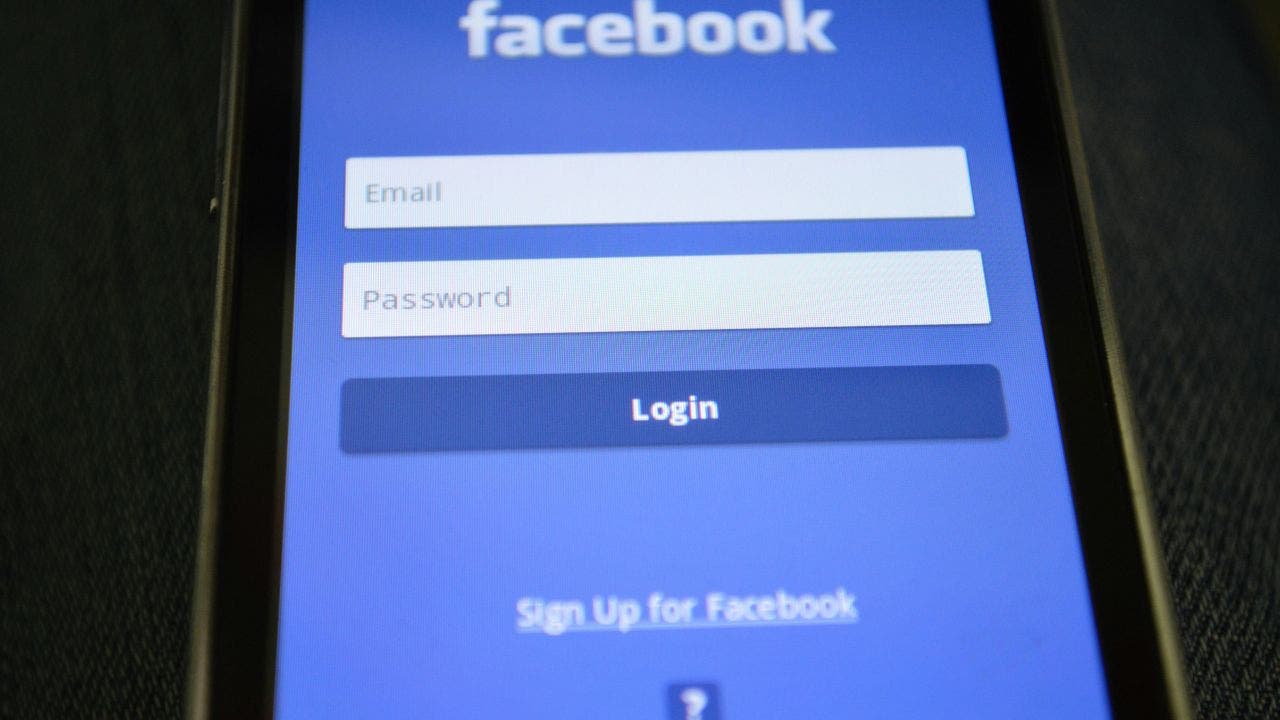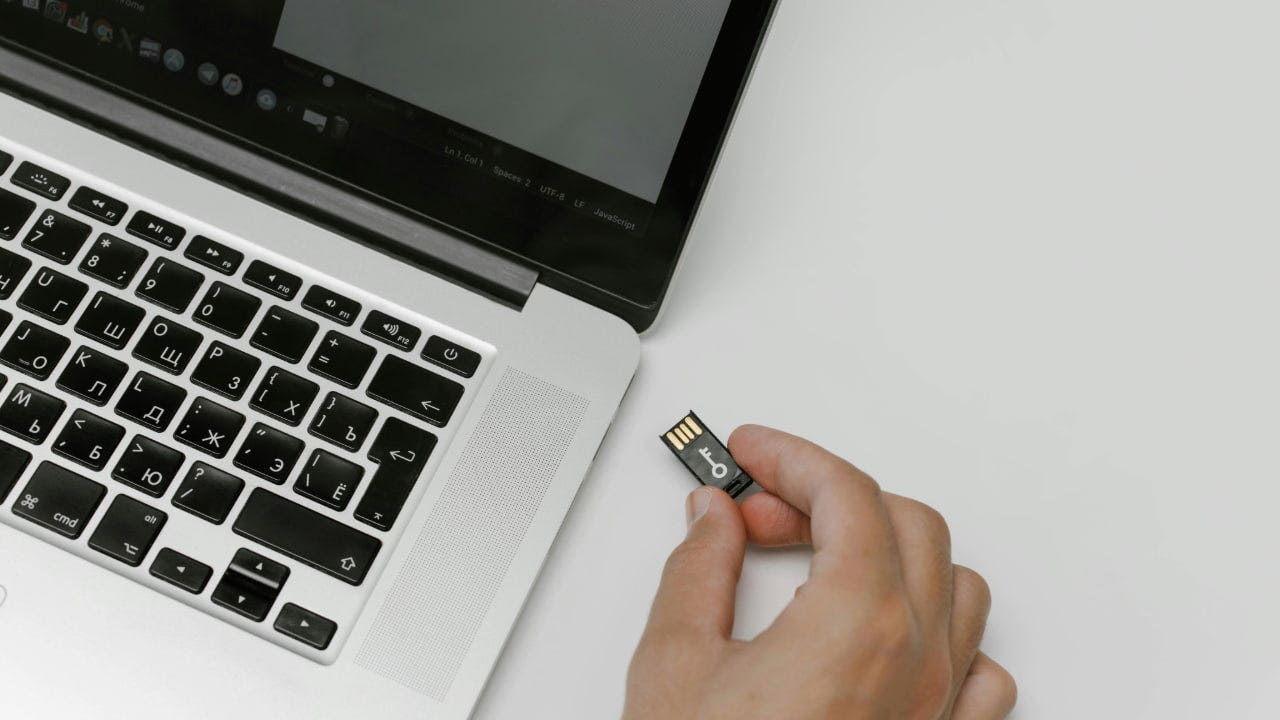Apple Watch alerts woman to life-threatening leukemia diagnosis

Over the past few years, smartwatches have evolved from simple time-telling devices to powerful health tools that can monitor our bodies and even alert us to potential medical issues. These wearable gadgets are now equipped with features like heart rate monitoring, sleep tracking, and blood oxygen level measurement, allowing users to stay more connected to their health than ever before.
One remarkable story that highlights the life-saving potential of smartwatches is that of Amanda Faulkner, a consultant psychiatrist from New Zealand. Despite feeling unusually tired and hot during a summer season, Amanda attributed her symptoms to the heat or possibly perimenopause. However, her Apple Watch kept sending her alerts about her elevated resting heart rate, which prompted her to seek medical attention. After undergoing tests, Amanda was diagnosed with acute myeloid leukemia, a rare and aggressive form of blood cancer. Thanks to the early detection enabled by her smartwatch, Amanda was able to receive timely treatment that potentially saved her life.
Amanda’s experience underscores the importance of wearable technology as early warning systems that encourage individuals to seek medical help when needed. While smartwatches are not meant to replace professional medical advice, they can provide valuable insights that prompt users to take action and seek further evaluation. Elevated heart rates, for example, can indicate various health issues, and detecting these signs early can make a significant difference in treatment outcomes.
Despite the life-saving potential of smartwatches, it is essential to recognize their limitations. These devices are not medical-grade tools and may produce false positives or miss critical health issues. Overreliance on smartwatch data could lead to unnecessary anxiety or false reassurance. Factors like skin tone, movement, or device placement can also impact the accuracy of health monitoring. Additionally, privacy and data security concerns arise as sensitive health information is transmitted and stored digitally. Therefore, it is crucial to view smartwatches as complementary tools that can prompt users to seek professional medical advice rather than as definitive diagnostic tools.
Amanda Faulkner’s story serves as a powerful reminder of how technology, in the form of smartwatches, can play a crucial role in improving health outcomes. By continuously monitoring vital signs and alerting users to potential health issues, these devices are reshaping the way we approach healthcare. If your smartwatch starts alerting you about your health, it is worth paying attention and taking appropriate action.
Have you ever been alerted to a health issue by a wearable device? How has technology changed the way you manage your health? Share your story with us at Cyberguy.com/Contact. For more tech tips and security alerts, subscribe to the free CyberGuy Report Newsletter at Cyberguy.com/Newsletter.
In conclusion, smartwatches have become indispensable health companions, offering valuable insights into our well-being. While they are not a substitute for professional medical advice, their ability to monitor vital signs and alert users to potential problems can be life-saving. Amanda Faulkner’s experience highlights the transformative impact of wearable technology on healthcare, underscoring the importance of listening to our smart devices when it comes to our health.




